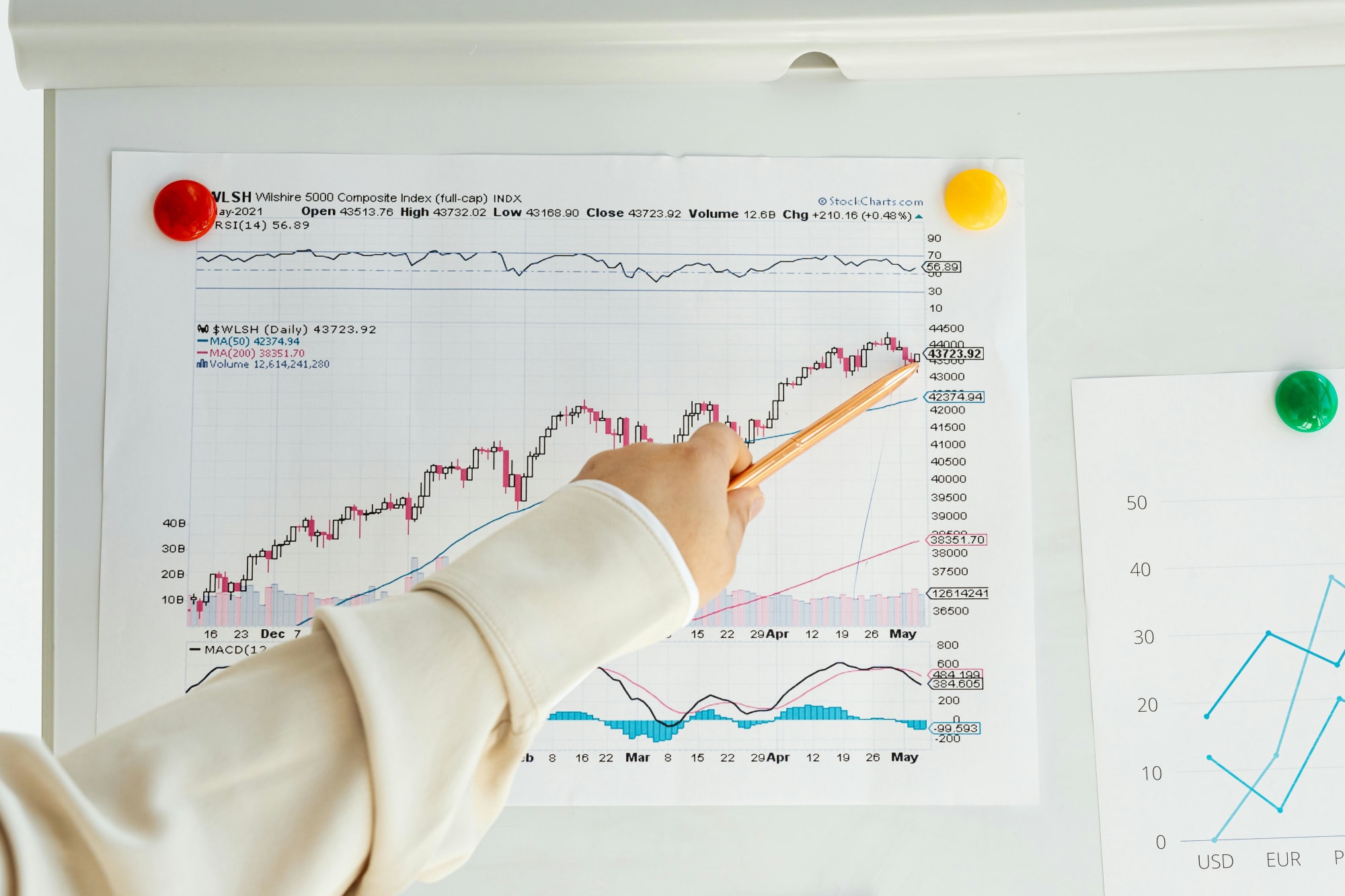Invest
GDP falls by 0.3 per cent in March quarter
Australia’s gross domestic product fell by 0.3 per cent seasonally adjusted for the March quarter, putting the country on track for a recession, official figures have shown.
GDP falls by 0.3 per cent in March quarter
Australia’s gross domestic product fell by 0.3 per cent seasonally adjusted for the March quarter, putting the country on track for a recession, official figures have shown.

A technical recession is defined by two periods of negative economic growth, with federal Treasurer Josh Frydenberg telling the media that the bushfires and COVID-19 have ended Australia’s 29 years of uninterrupted economic prosperity.
Commenting on the figures, ABS chief economist Bruce Hockman said: “This was the slowest through-the-year growth since September 2009 when Australia was in the midst of the global financial crisis and captures just the beginning of the expected economic effects of COVID-19.”
The Australian economy was impacted by a number of significant events this quarter, starting with bushfires and other natural disasters, followed by the outbreak of COVID-19 and the subsequent imposition of restrictions.
The government responded with the introduction of economic stimulus and support packages.

“Government spending at all levels increased in response to the bushfires and the management of the COVID-19 pandemic.”
Private demand detracted 0.8 percentage points from GDP, driven primarily by a 1.1 per cent fall in household final consumption expenditure.
Spending on services fell significantly, particularly where restrictions impacted most severely, such as air transport services, hotels, cafes and restaurants, recreation and culture.
Spending on goods rose, most notably in food and pharmaceuticals, as Australians panic bought goods, including toilet paper and pasta.
Net trade contributed 0.5 percentage points to GDP. Imports of goods fell 3.9 per cent, with falls in consumption and capital goods reflecting weak domestic demand.
Imports of services fell 13.6 per cent, with travel services falling sharply in response to the global outbreak of COVID-19 and associated travel bans.
Exports of services declined 12.8 per cent, with restrictions on overseas arrivals reducing education-related travel and tourism in Australia.
BetaShare’s chief economist, David Bassanese, highlighted the positive that recessions are defined by contraction of economic growth, so it is likely the recession has already ended.
“The government-imposed shutdowns likely caused the sharpest and shortest economic contraction in history, spanning just the months of March and April,” he said.
“That said, to the extent recession is defined as a period of subpar economic growth and persistent very high unemployment, then challenging times will likely persist for at least another six months to one year,” Mr Bassanese noted.
However, the economist is not predicting life to immediately return to normal, with the economy slowly growing in the near term.
“While we may see a short-term bounce in economic activity from depression conditions as social distancing restrictions ease, the ongoing risk of second waves likely mean global business and consumer spending settle back to a quite subdued pace over the following months thereafter,” Mr Bassanese explained.
He also believes that monetary policy is unlikely to be used to help kickstart the economy, as the Reserve Bank of Australia has already fired all its bullets.
“While the RBA may still be tempted to flirt with negative interest rates if the Australian dollar strengthens further, it’s perhaps better off pleading with other central banks not to pursue this zero sum game of competitive currency depreciation. It’s not helpful to the banking sector and risks further inflating a dangerous bubble in equity market valuations,” Mr Bassanese said.
Finally, the economist explained that even though Australia is likely to fall into a recession, as a nation Australia is performing better than many G20 countries.
“Australia is very well placed to handle further virus outbreaks, but the same can’t be said for other major economies such as the United States. Sadly, therefore, we won’t be immune to the risk of poorer policy responses elsewhere,” Mr Bassanese concluded.
About the author

About the author


Economy
RBA's hawkish stance reflects inflation concerns, State Street economist comments
In a recent statement, the Reserve Bank of Australia (RBA) has signaled a hawkish stance on interest rates, drawing insights from financial experts about the implications for Australia's economic ...Read more

Economy
Navigating the inflation maze: How CFOs can outsmart economic hurdles in Australia
Fresh inflation data have cooled expectations of near-term rate cuts in Australia, intensifying pressure on margins, capital allocation and demand. Rather than wait for monetary relief that may not ...Read more

Economy
Inflation concerns rise as Australia's CPI climbs to 3.8% in October
Australia's latest Consumer Price Index (CPI) figures have sent ripples through the economy, with headline inflation accelerating to 3.8% year-on-year in October, up from 3.6% in September. The data, ...Read more

Economy
October CPI results pose challenges for RBA’s monetary policy stance
In a surprising turn of events, the October Consumer Price Index (CPI) data has raised eyebrows among economists and market strategists, revealing stronger-than-expected inflationary pressures in ...Read more

Economy
Global deal activity declines by 6% amid economic uncertainty, reports GlobalData
In a year characterised by economic turbulence and evolving market conditions, global deal activity has witnessed a notable downturn during the first ten months of 2025. According to GlobalData, a ...Read more

Economy
Australia’s softening labour market puts another RBA cut in play — here’s what business should do now
A four-year high in unemployment has revived expectations the Reserve Bank could deliver another rate cut as soon as November. With quarterly GDP growth running at 0.6 per cent and annual growth at ...Read more

Economy
Rising CPI reinforces RBA’s stance as rate cut expectations remain: State Street
State Street Global Advisors says the Reserve Bank of Australia (RBA) is likely to hold its current policy outlook following the release of September quarter inflation data, which showed an unexpected ...Read more

Economy
NSW SES boosts tsunami preparedness ahead of World Tsunami Awareness Day
As World Tsunami Awareness Day approaches on 5 November, the New South Wales State Emergency Service (NSW SES) is ramping up efforts to enhance tsunami preparedness along the east coastRead more

Economy
RBA's hawkish stance reflects inflation concerns, State Street economist comments
In a recent statement, the Reserve Bank of Australia (RBA) has signaled a hawkish stance on interest rates, drawing insights from financial experts about the implications for Australia's economic ...Read more

Economy
Navigating the inflation maze: How CFOs can outsmart economic hurdles in Australia
Fresh inflation data have cooled expectations of near-term rate cuts in Australia, intensifying pressure on margins, capital allocation and demand. Rather than wait for monetary relief that may not ...Read more

Economy
Inflation concerns rise as Australia's CPI climbs to 3.8% in October
Australia's latest Consumer Price Index (CPI) figures have sent ripples through the economy, with headline inflation accelerating to 3.8% year-on-year in October, up from 3.6% in September. The data, ...Read more

Economy
October CPI results pose challenges for RBA’s monetary policy stance
In a surprising turn of events, the October Consumer Price Index (CPI) data has raised eyebrows among economists and market strategists, revealing stronger-than-expected inflationary pressures in ...Read more

Economy
Global deal activity declines by 6% amid economic uncertainty, reports GlobalData
In a year characterised by economic turbulence and evolving market conditions, global deal activity has witnessed a notable downturn during the first ten months of 2025. According to GlobalData, a ...Read more

Economy
Australia’s softening labour market puts another RBA cut in play — here’s what business should do now
A four-year high in unemployment has revived expectations the Reserve Bank could deliver another rate cut as soon as November. With quarterly GDP growth running at 0.6 per cent and annual growth at ...Read more

Economy
Rising CPI reinforces RBA’s stance as rate cut expectations remain: State Street
State Street Global Advisors says the Reserve Bank of Australia (RBA) is likely to hold its current policy outlook following the release of September quarter inflation data, which showed an unexpected ...Read more

Economy
NSW SES boosts tsunami preparedness ahead of World Tsunami Awareness Day
As World Tsunami Awareness Day approaches on 5 November, the New South Wales State Emergency Service (NSW SES) is ramping up efforts to enhance tsunami preparedness along the east coastRead more








